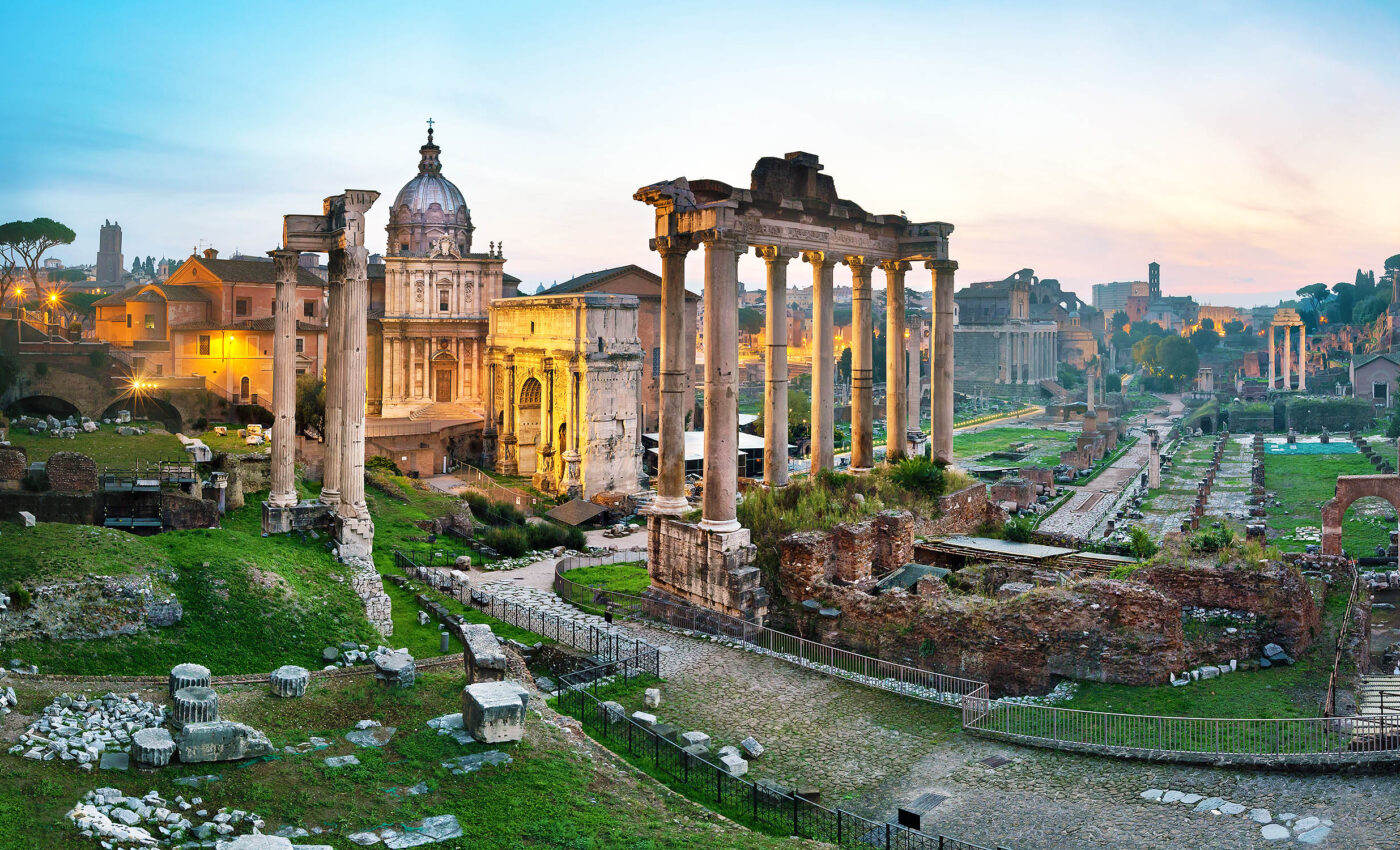
AI helps team decipher an ancient scroll from the Roman Empire
The Roman Empire, a colossal force in history, has left a lasting impact on various aspects of modern society, including science, art, architecture, government, culture, and language. However, the downfall of this empire and the ensuing Dark Ages led to a significant loss of knowledge about ancient Roman and Greek civilizations. Now, artificial intelligence (AI) is helping us rediscover what was once lost.
Today, unearthing this nearly two millennia-old history is not just an archaeological pursuit but a key to understanding the roots of Western civilization and the depth of human creativity and behavior through the ages.
From ashes to artifacts: The Vesuvius discovery
A glimmer of hope in rediscovering these lost treasures emerged from the tragic ruins of Pompeii and Herculaneum, cities buried under the ash of Mount Vesuvius in 79 A.D.
In the 18th century, archaeologists unearthed over 800 papyrus scrolls in Herculaneum. Charred and fragile, these scrolls resembled logs more than historical documents.
Attempts to unfurl them often led to their destruction, yet these relics hold the potential to more than double our collection of pre-Middle Ages texts.
The turn of the millennium brought a ray of hope for these ancient documents. Supported by the National Science Foundation (NSF), researchers began exploring innovative ways to preserve and analyze these scrolls using modern computing technologies.
A significant breakthrough came from Brent Seales, a computer science professor at the University of Kentucky.
Seales, initially part of a project to develop digital libraries for the British Library’s damaged Cottonian Collection, focused on new illumination methods and digital processing techniques.
Decoding history: Rise of heritage science
Seales’s journey took a revolutionary turn in 2006 when he dove into heritage science, developing methods to read unrollable ancient scrolls through computerized tomography scans.
He created groundbreaking software capable of locating and mapping the 2D surfaces of a scroll within its 3D form.
This nondestructive approach, using X-ray scans, allowed for imaging the scrolls in slices, revealing their layered secrets without physically unrolling them.
By 2015, Seales and his team successfully read parts of a metallic-ink document dating between the 1st and 4th centuries.
The team’s efforts further advanced in 2018 with the integration of machine learning to differentiate ancient ink from the reconstructed images.
However, a major hurdle remained: the carbon-based ink of the Herculaneum scrolls, invisible to X-rays.
AI meets ancient ink from the Roman Empire
The breakthrough came with the application of AI, specifically computer vision. This field, focused on the computational understanding of visual data, enabled researchers to identify ink patterns invisible to the human eye.
In early 2023, the Seales team developed a machine learning algorithm capable of detecting faint ink traces on 3D scroll X-rays.
Recognizing the magnitude of this discovery, the team, along with two Silicon Valley investors, launched the “Vesuvius Challenge” in 2023.
This crowdsourcing initiative, offering a cash prize, aimed to accelerate the process of reading at least four passages from a full Herculaneum scroll.
The challenge not only spurred innovation but also provided a unique educational opportunity for participants to contribute to a historical narrative centuries in the making.
Glimpse into antiquity: First words revealed
The potential of these techniques was underscored in fall 2023 when a computer science undergraduate student deciphered the first word from these scrolls: “purple.”
This word, symbolizing wealth and power in the ancient Roman Empire, exemplifies the vast possibilities these AI methods hold for interpreting not only these scrolls but other damaged historical documents as well.
In summary, the relentless pursuit of knowledge and innovation has remarkably bridged the chasm between ancient history and modern technology.
Through the efforts of researchers like Brent Seales, the once inaccessible wisdom of the Roman Empire is now within our grasp.
This ongoing journey, bridging ancient wisdom from the Roman Empire with modern AI technology, symbolizes a profound quest to reclaim lost knowledge.
It’s a testament to human ingenuity, demonstrating how technology can unlock secrets of the past, offering us a clearer view of our cultural and historical origins.
As we continue to decipher the secrets of the past, we are reminded of the enduring power of human curiosity and the limitless potential of technology to reshape our understanding of history.
—–
Like what you read? Subscribe to our newsletter for engaging articles, exclusive content, and the latest updates.
—–
Check us out on EarthSnap, a free app brought to you by Eric Ralls and Earth.com.
—–













